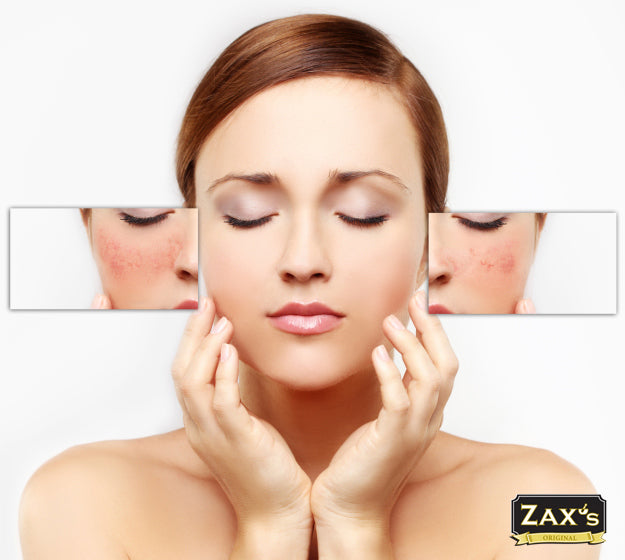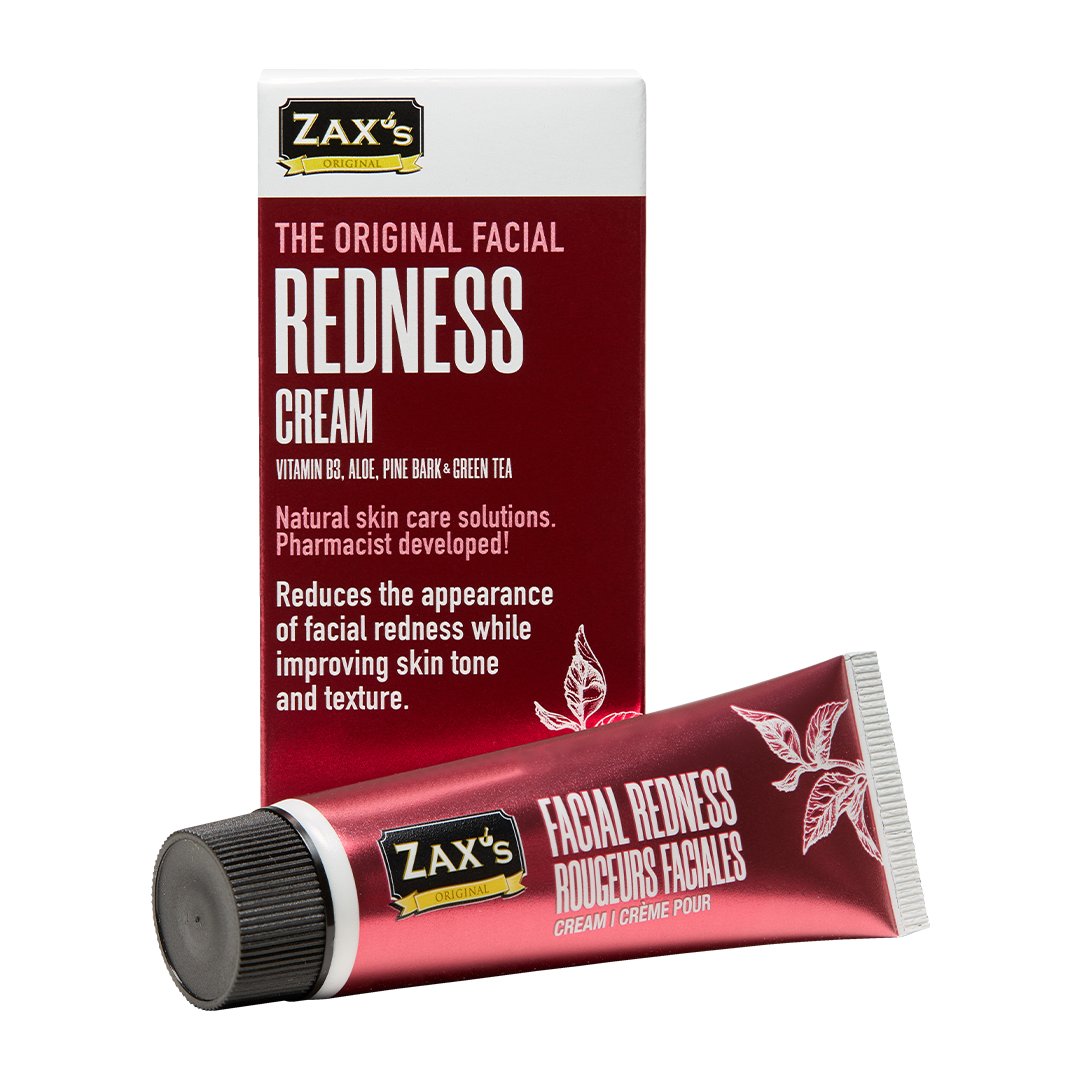Rosacea is a common skin condition that causes facial redness. It can also cause small, red bumps on the skin. The exact cause is unknown but various theories exist.
- Blood vessels that dilate too easily near the skin’s surface may be to blame, making the skin appear flushed and red.
- Lifestyle factors such as stress or an abnormal immune or inflammatory response can also trigger rosacea.
- Other common causes may be skin bacteria, microscopic skin mites, irritation of hair follicles, and sun damage to connective tissue under the skin.
Evidence suggests that rosacea may be hereditary. In all, 40 percent of rosacea patients surveyed by the National Rosacea Society said that they have a relative with rosacea. However, rosacea is not contagious and there’s no evidence to suggest that it’s due to airborne bacteria.
While it’s most common among middle aged women, men can and do certainly suffer from rosacea as well. If left untreated, it tends to worsen overtime. Are you plagued with rosacea? Why not consider a more natural treatment for the skin condition?
1. Gently cleanse. Gently cleanse your face twice per day with a face wash that’s free of alcohol, which can be overly harsh on the skin.
2. Try vinegar. After cleansing your skin, try vinegar, a natural remedy that helps disinfect skin and kill bacteria on the skin that may cause inflammation. Dilute 1 part white vinegar to 6 parts water and apply the mixture to your skin using a cotton ball. Rinse your face.
3. Apply a natural topical treatment. After toning the skin with vinegar, choose a natural topical treatment made with pine bark extract. It has anti-inflammatory and antimicrobial properties. Also, look for products with vitamin E, a fat soluble vitamin that soothes the skin. You can find these ingredients in our Zax's Facial Redness Cream.
4. Apply sunscreen. Sun damage and sunburn inflames rosacea so make sure after you’ve cleansed, toned, and applied moisturizer, you also apply an SPF of 15 or higher if your headed outdoors.
Sara Novak, Consultant for Zax Health


